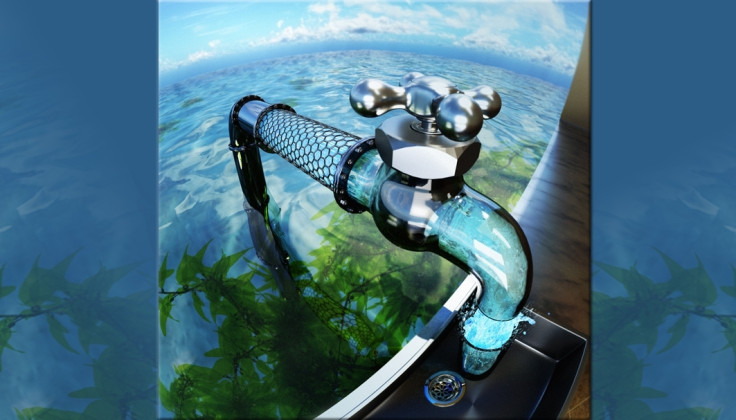Carbon nanotube discovery solves fastest way to turn ocean water into drinking water
Scientists perfect the desalination process to make seawater purification cheaper and more available.

Scientists may have cracked the long-standing conundrum of how to easily turn ocean water into pure drinking water thanks to the invention of a carbon nanotube pores that can filter out the saltiness.
With the increasing demand for fresh drinking water as populations rise the search to produce sustainable methods to cope have never been greater. Researchers at the Lawrence Livermore National Laboratory in collaboration with Northeastern University in Massachusetts have developed the atomically scaled material to exclude salt from seawater using its 0.8 nanometre size.
The planet is covered in 70% water but only 0.007% of it fit is to drink without purification. Current methods are energy intensive and expensive, but these nanotubes, said to be 50,000 times thinner than a human hair, could make desalination faster and cheaper than ever.
"We found that carbon nanotubes with diameters smaller than a nanometer bear a key structural feature that enables enhanced transport. The narrow hydrophobic channel forces water to translocate in a single-file arrangement, a phenomenon similar to that found in the most efficient biological water transporters," said Ramya Tunuguntla, an LLNL postdoctoral researcher.
The nanotube pores have been specifically sized to filter water molecules in a single file, effectively let through as much as possible while blocking the larger salt ions. This method means far faster desalination times.
"You can imagine if you're a group of people trying to run through the hallway holding hands, it's going to be a lot slower than running through the hallway single-file," said Meni Wanunu, associate professor of physics at Northeastern University.
The discovery showed the nanotubes are more effective at desalination than any current method, whether natural or man-made. Aquaporins, which are membrane proteins found in nature, desalinate salty water by transporting water at extremely high rates. The atomically smooth walls of the nanotubes are also do the same job but at an estimated six times faster.
"It is very exciting to make a synthetic water channel that performs better than nature's own," said Alex Noy, LLNL, principal investigator.
The team hopes the breakthrough will lead to the next-generation of water purification technology and could be applied to large-scale feasibility to make more of that 70% of Earth's water more easily, cheaply and quickly available.
© Copyright IBTimes 2024. All rights reserved.







